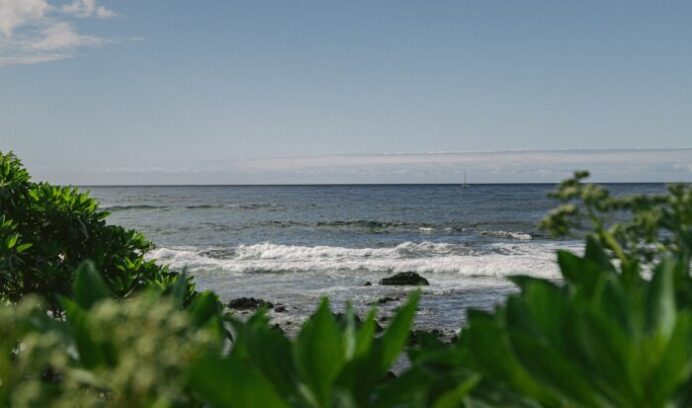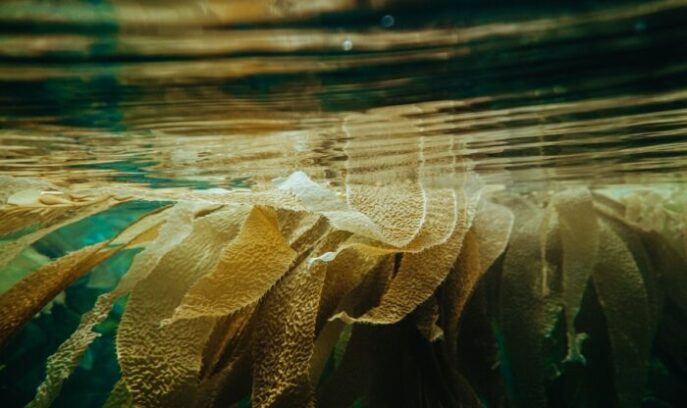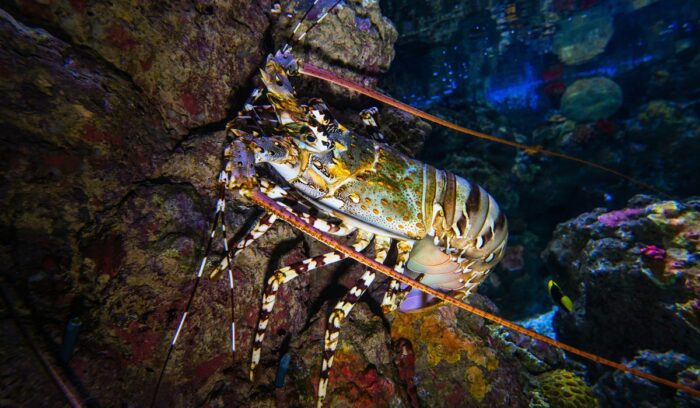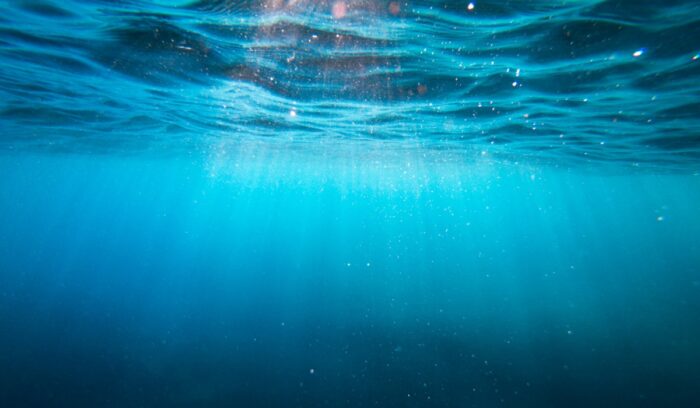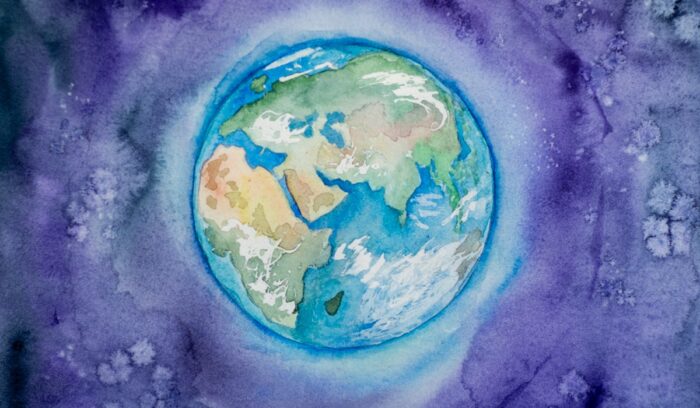Samoa pledges to preserve 30% of its ocean
Samoa’s land mass accounts for less than three percent of its territory, and the country is largely dependent upon the ocean for food and income. To preserve this vital resource, the Samoa Government has committed to fully managing its ocean area and protecting 30 percent by 2025 through the Samoa Ocean Strategy.

